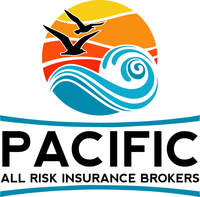|
CalSavers is California’s new retirement savings program for workers in the private sector who do not currently have a way to save at work. Eligible employers with at least five employees that do not already have an employer-sponsored retirement plan will be required to begin offering one via the private market or provide their employees with access to CalSavers by the following deadlines:
The cost of CalSavers investments (consisting of an underlying fund fee, a state fee, and a program administration fee) could be approximately twice the cost of a typical 401(k) investment. Please contact us for more information on starting a company retirement plan that works best for you and your business. Here are some key features of CalSavers that eligible California employers should be aware of:
Employers that do not already have an employer-sponsored retirement plan may want to examine implementing one based on the following considerations:
Which retirement plan is right for your business? Businesses with no employees As a business owner, you know your company’s success takes preparation and effort. Your retirement years are no different. The appropriate business retirement plan can incorporate the flexibility you need while helping you to prepare for your retirement – as well as attract and retain quality employees. Once you’ve determined your objectives, you can evaluate your options based on the needs of your business and employees. Then you can begin selecting the right retirement plan for your business. If you’re like many other self-employed individuals, you probably want to know how much you can save for retirement each year and how your contributions will affect your taxes, now and in retirement. There are three primary options available to help you achieve your goals:
Whether you have employees or not, the retirement plan you choose may have a large impact on your personal and professional life. I can help you weigh your options and educate you on the different plan types available for you and your business. For More Information, Contact: Derick M Roberts Financial Advisor – Edward Jones 2223 East Wellington Avenue Suite 310 Santa Ana, CA 92701-3161 714-543-9632 derick.roberts@edwardjones.com
0 Comments
Your comment will be posted after it is approved.
Leave a Reply. |
AuthorInsurance News from the insurance experts to the business and personal community. Archives
March 2023
Categories |
Pacific All Risk Insurance Brokers, LLC


 RSS Feed
RSS Feed